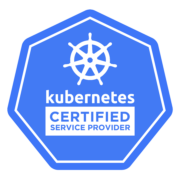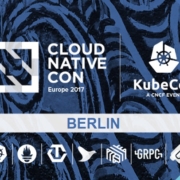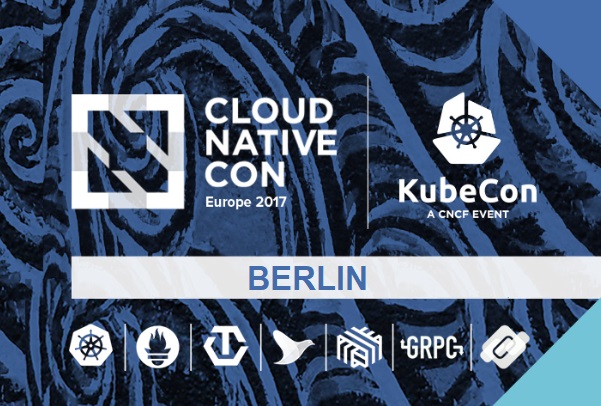The Kubernetes CKA exam: 10 + 1 tips for better chances
After our popular 10 exam tips for the COA exam post, we decided to provide our expertise on the Certified Kubernetes Administrator Exam (CKA).
Since we participated in the CKA beta testing, we have seen the exam’s development from its inception. We have collected our knowledge in this article.
Preparation
0.: Read the candidate handbook.
1.: The Exam environment
The CKA exam is remote-proctored, which means that you will have to have a webcam, so that the proctor can monitor you throughout the exam. In the beginning, they will check that you are the only person in the room.
2.: Make sure your internet connection is reliable and fast.
- Only the browser (at this time, only Chrome and Chromium browsers are supported) may be running and only tabs related to the exam may be opened
Naturally, the terminal where you solve the questions must be open. Other than that, you can open the official K8S documentation – which we recommend you do.
Please note that pre-created exam specific templates are PROHIBITED
Taking the CKA exam
3.: Do exactly what the question tells you to do.
It is important not to deviate from instructions. This means that for example if it’s a POD they ask for, it’s a POD not a deployment with one POD.
4.: It can take 3 hours
Candidates will have 3 hours to complete the exam tasks, but the introduction will also need time.
Make sure all your needs are tended to before you begin the exam. Specifically, be sure to drink and eat. Your brain works much better when you have energy. This is especially true of long, intensive tasks like an exam.
5: Learn to use kubectl explain command eg. kubectl explain pod
6.: Use kubectl commands to solve the questions or „create” the yaml files (-o yaml)
Do the work: Learn Kubernetes in the trenches
7.: Kubernetes is just like any other skill.
When you learn an instrument, at first you have to think about every move your fingers make. But eventually it’s all instinctive. The same is true in this case.
Make sure you use K8S on daily basis and you’ll be able to answer easy questions quickly and questions with medium difficulty won’t take much time either.
8.: Read Kubernetes the hard way
Kubernetes the hard way will walk you through the manual installation proces. You will learn how to install, configure, and to create encrypted connection between components.
This is a good opportunity to learn how different components work together.
9.: Make sure you understand the components that makes up the K8s cluster, how do they interact and what each component is responsible of, in order to be able to fix the issues for the troubleshooting tasks.
10.: Currently the exam runs on Ubuntu Linux 16. Make sure that you know how to interact with system services on this GNU Linux distribution.
Bonus: Take a course
+1: Our KBS-103: Kubernetes Admin training and Exam prep course is designed from the ground up to prepare you for the CKA exam. It will teach you all the necessary skills and knowledge you need to become a Certified Kubernetes Administrator. Our instructors are Certified Kubernetes Administrators themselves, having taken the exam – we used their experiences to collect this list.



 Last week my colleagues and I had the opportunity to attend the 2017 CloudNativeCon + KubeCon in Berlin. The journey was quite enlightening. Although we listened to several talks about the future of Cloud Native technologies, for me, the most interesting part was that the present of Kubernetes already looks quite bright. From the numerous talks, I wanted to share the two case studies that I think represents this the most.
Last week my colleagues and I had the opportunity to attend the 2017 CloudNativeCon + KubeCon in Berlin. The journey was quite enlightening. Although we listened to several talks about the future of Cloud Native technologies, for me, the most interesting part was that the present of Kubernetes already looks quite bright. From the numerous talks, I wanted to share the two case studies that I think represents this the most. Erno Erdelyi is the CEO of Component Soft. His most important skill is staying on top of changing technology landscapes, selecting technologies that have staying power.
Erno Erdelyi is the CEO of Component Soft. His most important skill is staying on top of changing technology landscapes, selecting technologies that have staying power.